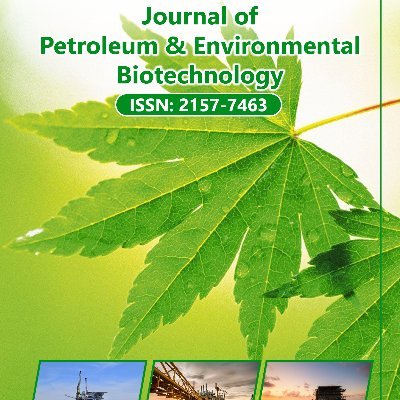Индексировано в
- Open J Gate
- Журнал GenamicsSeek
- ЖурналTOCs
- Китайская национальная инфраструктура знаний (CNKI)
- Библиотека электронных журналов
- RefSeek
- Университет Хамдарда
- ЭБСКО АЗ
- OCLC- WorldCat
- Интернет-каталог SWB
- Виртуальная биологическая библиотека (вифабио)
- Паблоны
- МИАР
- Евро Паб
- Google Scholar
Полезные ссылки
Поделиться этой страницей
Флаер журнала

Журналы открытого доступа
- Биоинформатика и системная биология
- Биохимия
- Ветеринарные науки
- Генетика и молекулярная биология
- Еда и питание
- Иммунология и микробиология
- Инжиниринг
- Клинические науки
- Материаловедение
- медицинские науки
- Науки об окружающей среде
- Неврология и психология
- Общая наука
- Сельское хозяйство и аквакультура
- Сестринское дело и здравоохранение
- Управление бизнесом
- Фармацевтические науки
- Химия
Абстрактный
Пенообразование и стабильность пены растворов нескольких поверхностно-активных веществ: роль экранирования и заполнения
Азми Белхайдж и Усама Аль-Махди*
Пенообразование и стабильность пены являются основными проблемами при вытеснении пены для повышения нефтеотдачи. В данной работе представлены результаты систематического лабораторного скрининга пенообразования и стабильности пены нескольких поверхностно-активных веществ. Исследованные поверхностно-активные вещества: Brij 700, Triton X-100, Triton X-405, Zonyl FSO, Hitenol H-10, Hitenol H-20, Noigen N-10 и Noigen N-20. Пена образовывалась путем барботирования углекислого газа с фиксированной скоростью потока через растворы поверхностно-активных веществ, а параметр R5, предложенный Lunkenheimera и Malysa (2003), использовался для испытания стабильности пены. Результаты указывают на пенообразование всех поверхностно-активных веществ, за исключением Triton X-405. Zonyl FSO и Hitenol H-10 превосходили по стабильности пены с большей стабильностью по мере увеличения концентрации поверхностно-активных веществ. Для обоих поверхностно-активных веществ были получены эквивалентные оптимальные объемы пены, но при более высоких концентрациях Hitenol H-10. Стабильность пены и эффективность вытеснения нефти были протестированы с различными концентрациями растворов Zonyl FSO и Hitenol H-10. Присутствие нефти в реализованной объемной доле влияет на стабильность пенных столбов. Эффект зависит от типа поверхностно-активного вещества и концентраций поверхностно-активных веществ, где стабильность снижается при низком диапазоне концентраций Zonyl FSO и при всех протестированных диапазонах концентраций Hitenol H-10. В случае Zonyl FSO наблюдения показывают, что нефть оставалась в скелете ламелей и границах плато без слива. Напротив, Hitenol H-10 смог поднять значительную часть нефтяного столба, но нефть была выведена из структуры пены в течение короткого периода времени. Испытания на заводнение на кернах Berea доказали способность Zonyl FSO и Hitenol H-10 контролировать подвижность газа и улучшать эффективность вытеснения. Hitenol H-10 был более эффективен, о чем свидетельствуют полученная дополнительная добыча нефти и более высокий перепад давления. Закачка пены Hitenol H-10 в пласты, закачиваемые третичным газом, повышает остаточную нефтеотдачу, что свидетельствует о потенциале процесса даже на поздних стадиях закачки газа.